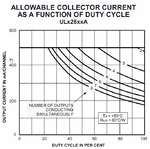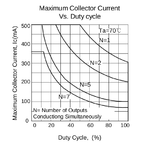avirajose
Junior Member level 3
hai,
This is my first project with motors so i'm not well much familiar with its operations and feedbacks
i'm designing pcb to control the flow from a solenoid valve. I used a microcontroller, a relay and other related components. Everything works fine without solenoid valve.
But on connecting the solenoid valve, the uln gets heated up.
I connected the diode across the solenoid valve but it was in vain..
should i go for an relay...is there any other option to exclude relay
I have few doubts.........
what all precuations should be taken on connecting a solenoid valve with microcontroller?
what are the other methods to drive a solenoid valve with microcontroller?
Should a pwm signal should be used to drive solenoid valve?
This is my first project with motors so i'm not well much familiar with its operations and feedbacks
i'm designing pcb to control the flow from a solenoid valve. I used a microcontroller, a relay and other related components. Everything works fine without solenoid valve.
But on connecting the solenoid valve, the uln gets heated up.
I connected the diode across the solenoid valve but it was in vain..
should i go for an relay...is there any other option to exclude relay
I have few doubts.........
what all precuations should be taken on connecting a solenoid valve with microcontroller?
what are the other methods to drive a solenoid valve with microcontroller?
Should a pwm signal should be used to drive solenoid valve?
Last edited:

